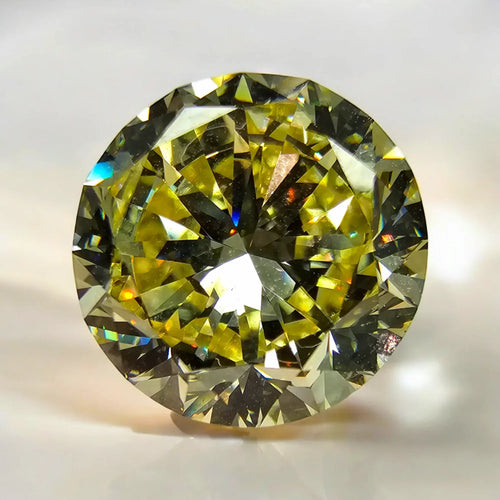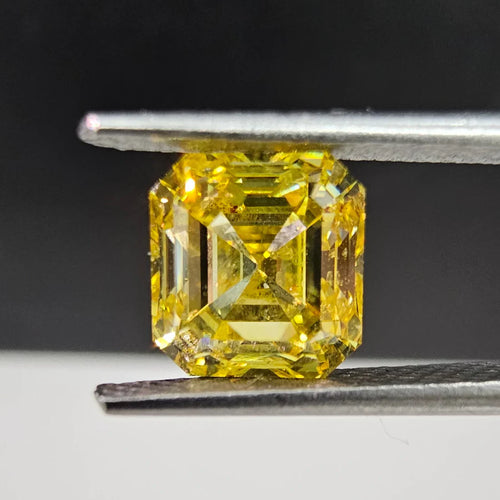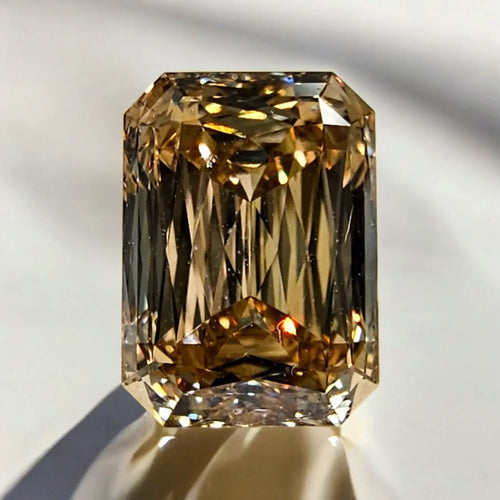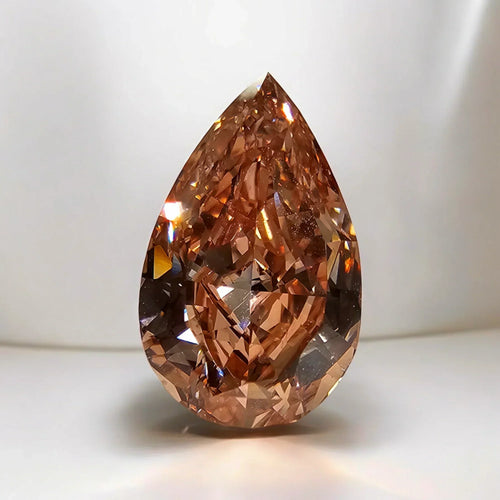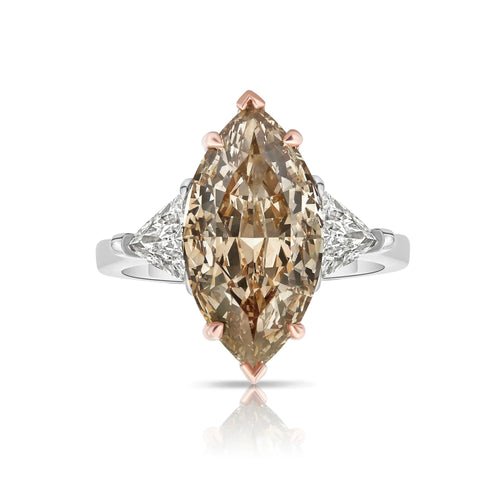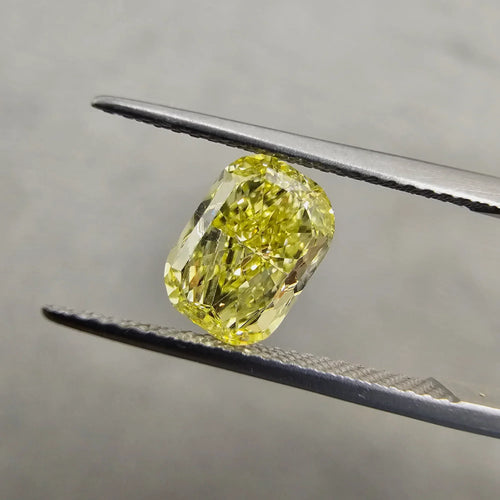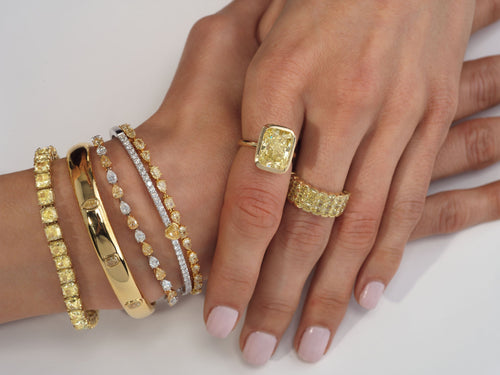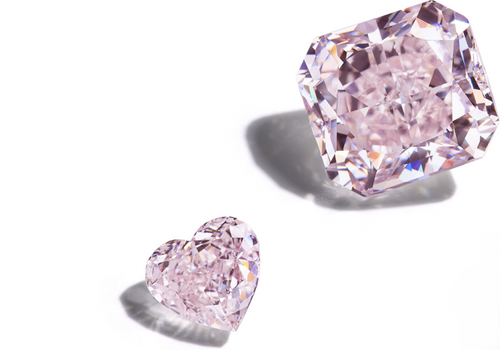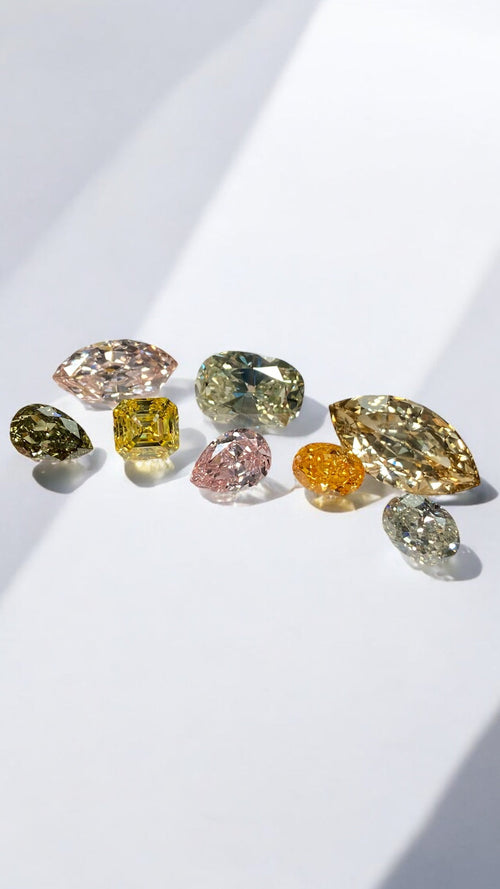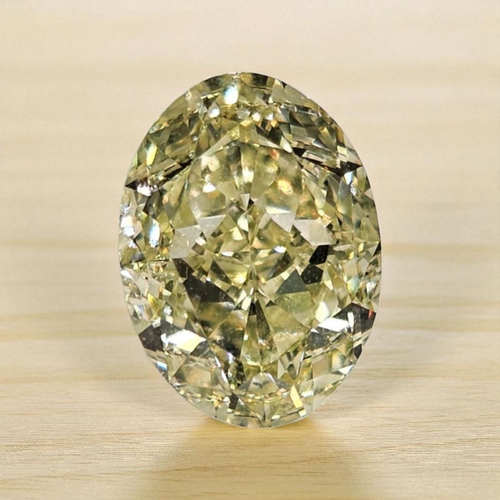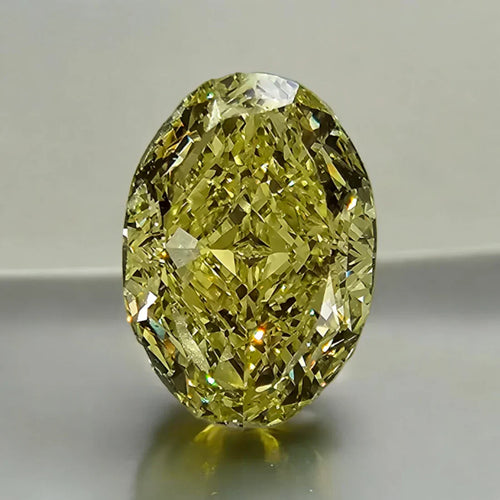Let's Design your Custom Ring. Call us at (212) 522 9918
Pink diamonds are renowned for their allure, captivating collectors and enthusiasts alike with their mesmerizing and delicate hues. These rare diamonds, celebrated for their extraordinary rarity and unique coloration, evoke a profound desire among individuals seeking the pinnacle of beauty in the world of diamonds. Whether coveted for their aesthetic elegance or as a investment, pink diamonds consistently enrapture hearts, often commanding record-breaking prices in the competitive arena of luxury gem auctions. Learn all about the beauty of pink diamonds here.
What is a pink diamond?
Pink diamonds are unlike other fancy colors because their color is derived from a compounding element. For example blue diamonds get their color from boron presence, yellow with nitrogen presence. Pink diamonds happen when there is a mis-alignment in the carbon make up in general terms, caused by immense pressure and heat over millions of years creating a deformation in the diamonds crystal lattice. Pink diamonds are commonly found in the Golconda mine in India which produces Type I and Type IIa/b diamonds. As well as Brazil, south africa, Russia, and Diavik mine in Canada. Most famously, most consistent, and the biggest supply of pink diamonds came from the Argyle Mine in Australia which recently shut down in December of 2020.
Why are pink diamonds so rare?
Pink diamonds are exceptionally rare due to the geological conditions that create their unique color. Unlike other diamonds, pink diamonds are formed deep within the Earth's mantle where immense pressure and heat cause the crystal lattice of carbon atoms to distort. This distortion is what imparts the pink color to the diamond, as it absorbs light in the green part of the spectrum. The rarity of pink diamonds is further exacerbated by the fact that only a small percentage of diamonds exhibit this pink hue during their formation process, making them a true natural wonder. Additionally, the limited number of mines around the world where pink diamonds are found adds to their scarcity, with the Argyle mine in Australia, which was one of the primary sources of pink diamonds, having closed in 2020, further driving up their rarity and value.
Being in the business for the past 20 years, we have seen first hand it is much harder to find a perfect pink diamond. At times we look for months for a clients ideal stone whether that aspect is the color, clarity, cut, or all of the above. It is no longer such an easy task.

Our 26 Carat Pink Diamond Necklace Sold in 2021
GIA Gradings of Pink Diamonds
The Gemological Institute of America (GIA) assesses pink diamonds by evaluating the fundamental 4Cs, considering a range of factors that collectively establish the diamond's overall quality and worth. Of utmost significance is the evaluation of the diamond's color.
Color Levels: The color of a pink diamond is one of the most critical factors in its grading. Pink diamonds come in various shades, ranging from faint pink to vivid pink, with levels of color ranging from faint pink, very light pink, light pink, fancy light pink, fancy pink, fancy intense pink, and fancy vivid pink. The GIA uses a master set of comparison diamonds to assess the color and assigns a grade accordingly.
What are the color grading for a pink diamond?
Faint pink
Very light pink
Light Pink
Fancy light pink
Fancy Pink
Fancy intense pink
Fancy vivid pink
Hue: Hue speaks to the specific shade of pink in the diamond, and it can vary from purplish-pink to orangy-pink or brownish-pink. On your GIA Certificate the color that comes last is the strongest present color. Also important to note it is also common to see purple-pink for example, meaning there is a stronger presence of purple in the diamond than the GIA grading of purplish.
Origin: Sometimes, the GIA will provide information on the origin of the pink diamond, which can impact its value. Certain sources, like the Argyle mine in Australia, are known for producing highly sought-after pink diamonds. The GIA will also include origin if its a Type I or Type IIA diamond.
The combination of these factors determines the overall grade of a pink diamond, which can range from “Faint Pink" to "Fancy Vivid Pink," with "Fancy Vivid Pink" being the most valuable and coveted grade due to its intense color saturation and exceptional beauty. It's important to note that pink diamonds are among the most valuable and most desired of all colored diamonds, and their grading is highly specialized and can take weeks to get to reflect the truest grading of their unique qualities.

Photo Courtesy of the GIA
History of Pink Diamonds.
Pink diamonds boast a captivating history, with their origins tracing back to India's Golconda mines in the 17th century. Their allure surged during the 18th and 19th centuries when royalty and aristocracy adorned themselves with these exceptionally rare diamonds. Today, pink diamonds maintain their spellbinding appeal, captivating diamond enthusiasts, collectors, and investors, as their historical significance and undeniable beauty establish them as some of the world's most coveted and valuable diamonds.
1. Early Discoveries: Pink diamonds were likely first discovered in India, where many of the world's most famous diamonds originated. The Darya-i-Noor, one of the largest pink diamonds in the world, is believed to have come from India.
2. European Fascination: Pink diamonds gained popularity in Europe during the 17th and 18th centuries. French and British royalty, in particular, were known to possess pink diamonds as part of their jewelry collections.
3. Famous Pink Diamonds: The 19th and 20th centuries saw the discovery of several famous pink diamonds, such as the Pink Star and the Pink Panther Diamond. These diamonds became iconic due to their extraordinary size and color.
4. Australian Argyle Mine: In the late 20th century, the Argyle diamond mine in Western Australia became a significant source of pink diamonds. The mine produced some of the world's most intense and valuable pink diamonds until its closure in 2020.
5. Rising Popularity: Pink diamonds gained immense popularity in recent decades, partly due to their association with celebrities and high-profile auctions. Notable figures like Jennifer Lopez and Ben Affleck contributed to their prominence through engagement rings featuring pink diamonds.
6. Investment Value: Pink diamonds have increasingly been viewed as an investment asset, with their rarity and growing demand contributing to their rising prices. Investors and collectors have shown a keen interest in acquiring these precious gems.
7. Record Prices: Pink diamonds have set numerous records at auctions. The Pink Star Diamond, for instance, sold for a record-breaking price of over $71 million in 2017, making it the most expensive diamond ever sold at auction at that time.
8. Closing of the Argyle Mine: The closure of the Argyle mine in 2020 marked the end of an era for pink diamond production, further enhancing their rarity and allure.
What are argyle pink diamonds?
Argyle Diamonds, mined in Western Australia's remote Kimberley region at the renowned Argyle mine, have a groundbreaking history. Over 37 years, the mine produced more than 875 million carats of rough diamonds, making Australia the world's fourth-largest diamond-producing country. The mine's fame lies in its rare and valuable pink and red diamonds, with the Argyle diamond being the most renowned among them. Even though only .1% of the mines annual output, fell under the classification of pink diamonds.
In 1996, the Argyle Pink Jubilee diamond, one of the largest pink diamonds ever discovered, weighed 12.76 carats and sold for over $10 million. Sadly, in 2020, Rio Tinto, the company responsible for the Argyle site, closed the mine due to diamond depletion. The final diamond tender that year, featuring pink, red, and blue diamonds, achieved record-breaking results.
For over three decades, the Argyle mine supplied the world with rare colored diamonds, and its closure marked the end of an era in the diamond industry. Nevertheless, the legacy of Argyle diamonds endures in the exquisite jewelry and precious gems crafted in its wake.




